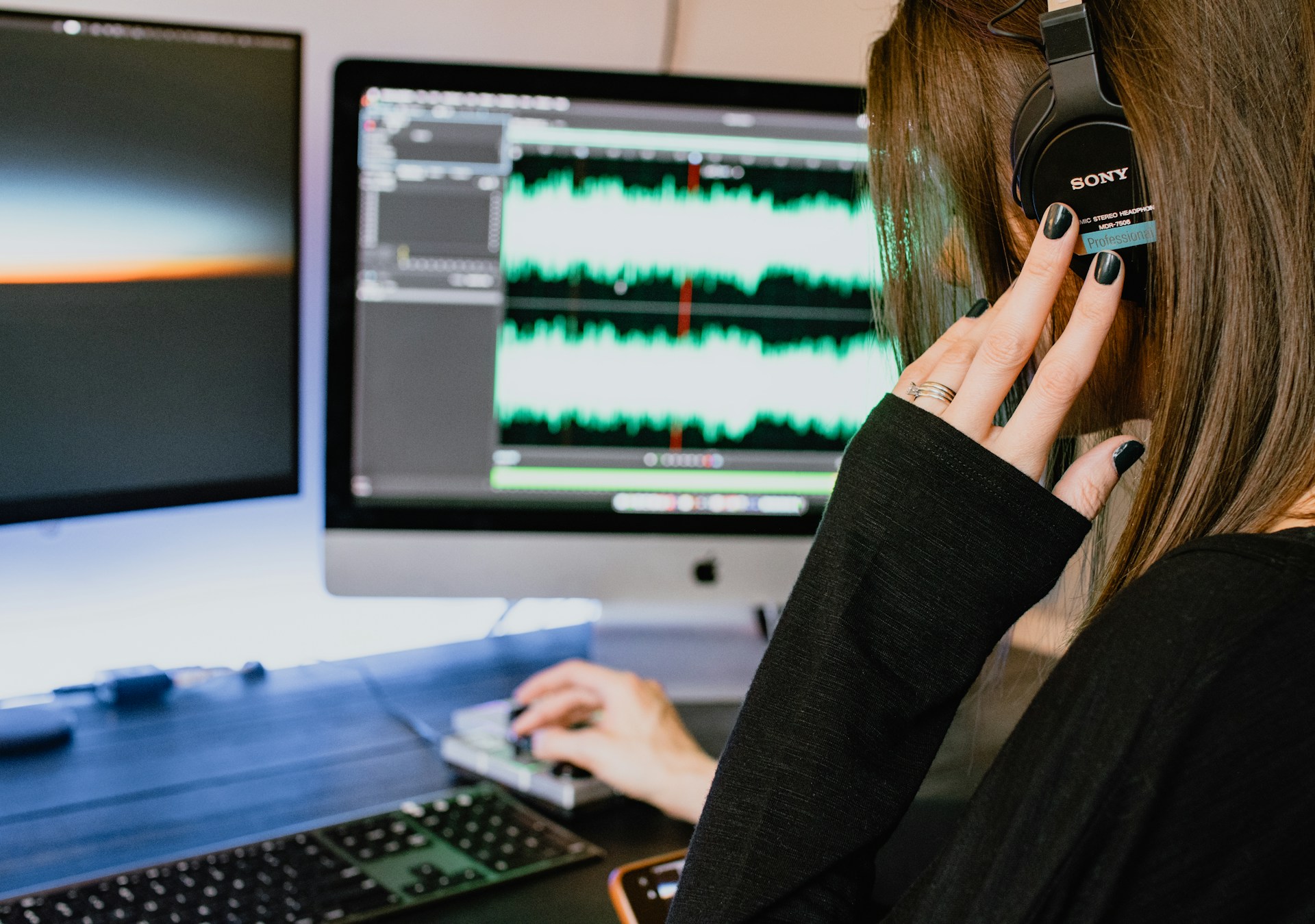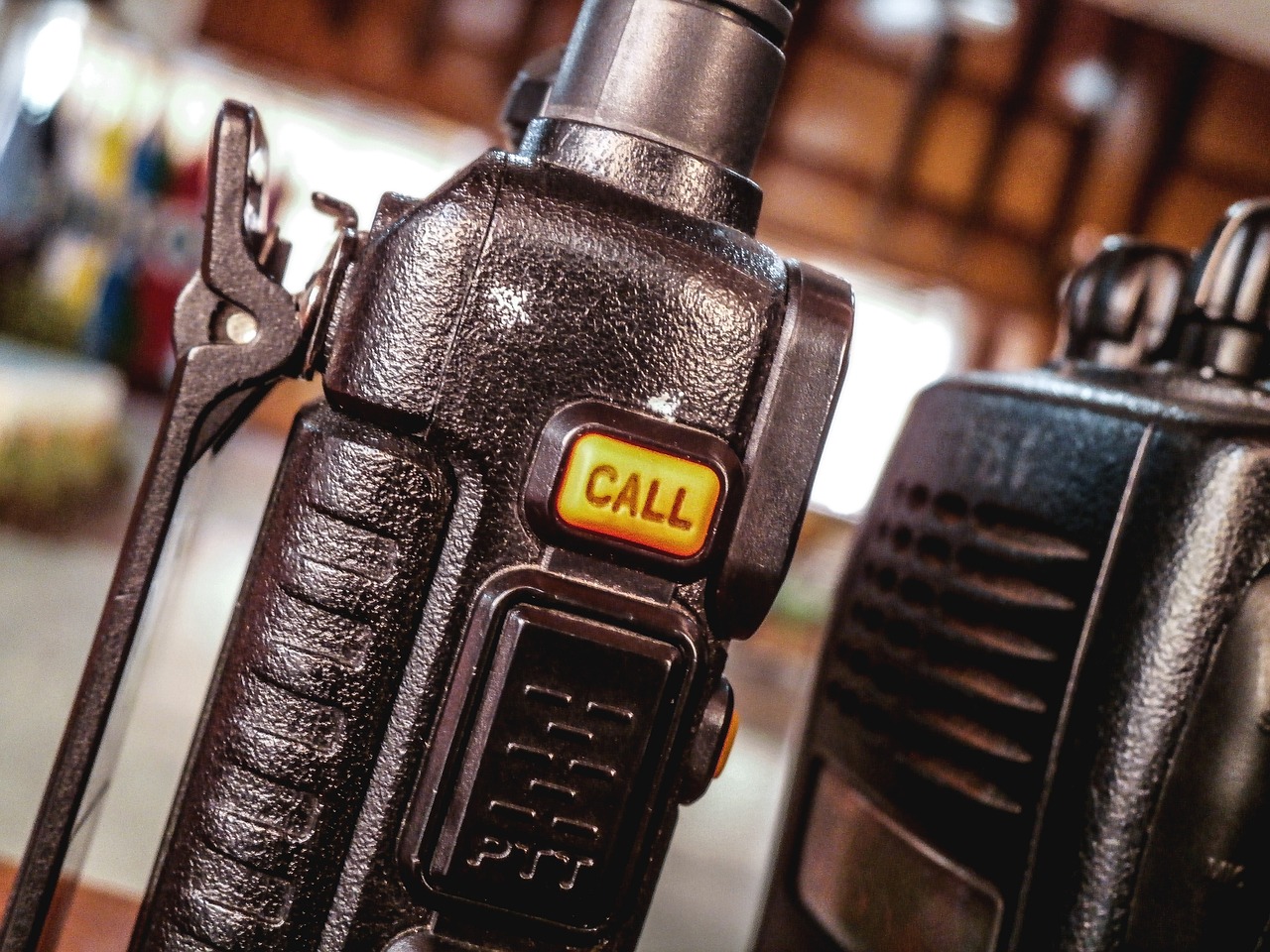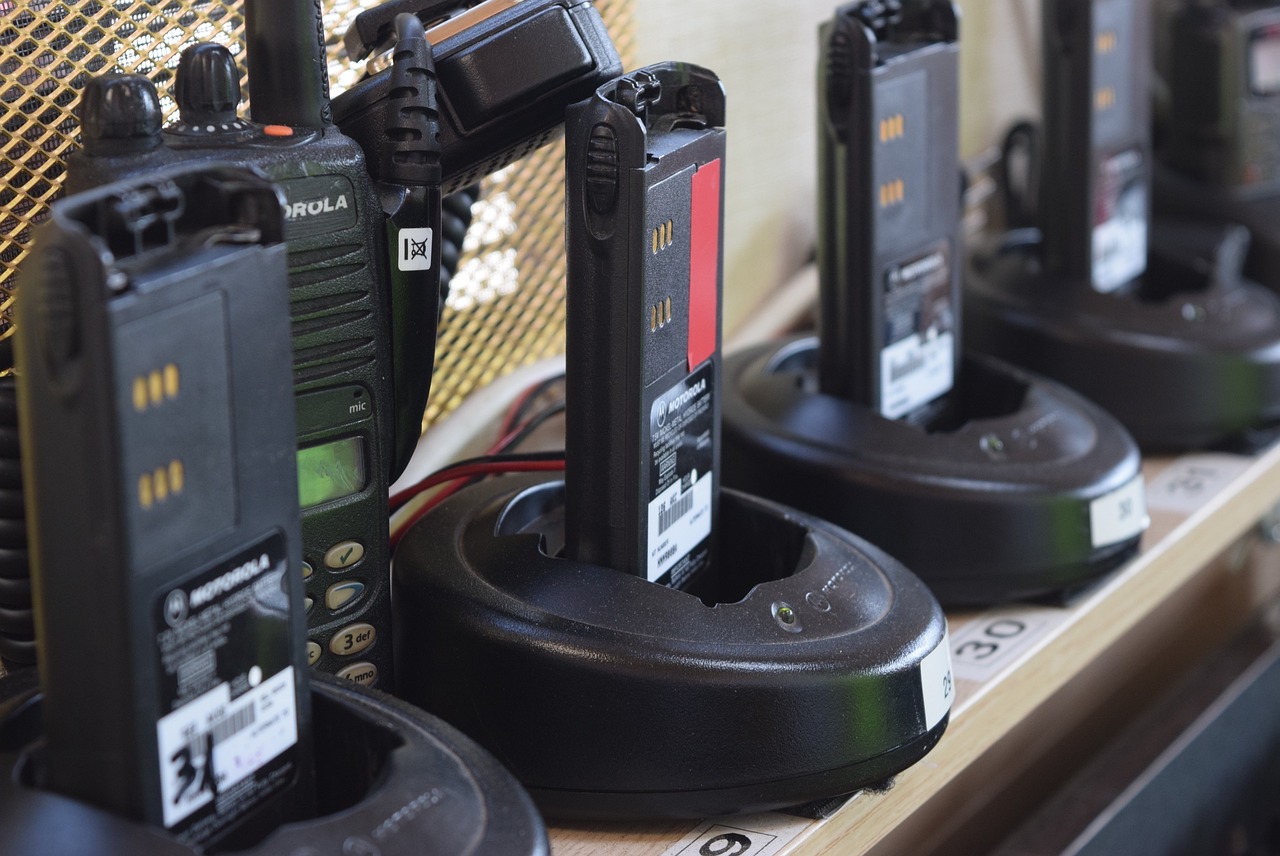While many analog radios offer noise suppression methods, these methods do so relatively indiscriminately. As a result, analog audio on two-way radios can be filled with a distracting amount of unwanted noise.
Digital radios also capture unwanted noise. However, many of these radios use digital processing to filter out audio information that doesn’t match the established profile of an individual voice. Put simply, digital noise suppression makes it easier to hear someone on the other end of a two-way radio in noisy environments.
Digital Noise Suppression Explained
So, what is digital noise suppression? And how has it evolved over the years?
For decades, attempts to suppress noise in analog two-way radios were restricted by technological limitations. These efforts involving gain reduction and analog filters mostly produced imprecise results.
When audio started being captured as a digital signal, it opened the door to all kinds of complex algorithms that can suppress noise in ways that are much more precise. Today, digital noise suppression technology is based on defined characteristics of an individual human voice. This allows for a clear definition of unwanted noise and the targeted digital manners for reducing it.
Research has shown that human speech frequencies occur between 3 and 4 Hz, with the mid-frequency range showing the most change in amplitude. Human speech also occurs between 30 and 50 decibels. These qualities are very different than most sounds that we consider noise. They also make it easy for you to understand what someone is saying in a crowded room or at a loud concert. These differences in quality are used to define the rules for digital noise suppression.
For example, most of the modulation spectrum for a jet engine is greater than 30 Hz. Because the human voice sits at around 4 Hz, a targeted digital noise suppression algorithm would not reduce gain for frequencies that are less than 10 Hz, but it might reduce gain for a range of frequencies above that threshold.
Another approach to digital noise suppression is based on modulation depth or decibel (dB) range. The voice of a single person tends to vary significantly in loudness, while what we interpret as noise doesn’t tend to vary as much. For example, the modulation depth of a single human voice is typically 35 to 50 dB, while the modulation depth of a jet engine is only 5 dB.
Even the modulation depth of speech babble in the background varies by 15 to 20 dB, which is significantly less than the volume fluctuations of a single speaker. Therefore, a noise suppression rule based on modulation depth could easily apply more game reduction to jet noise or background conversations than to an individual speaker.
Taking these two rules together to filter out noise is a fairly rudimentary approach to digital noise suppression. Most digital radios use far more sophisticated algorithms, and digital radios are increasingly using artificial intelligence.
AI and Algorithm-Based Noise Suppression
The answer to the question “What is digital noise suppression?” is starting to change.
In recent years, artificial intelligence and machine learning technologies have taken digital noise suppression up another level. Two-way radios incorporate AI with the analysis of incoming audio signals. Sophisticated deep learning algorithms learn to identify the voices of individual speakers and then use these “voice fingerprints” to discriminate between a user’s speech and background noise, which can then be filtered out.
The key to this approach is properly training a machine learning model to make sure that it can understand different kinds of voices in different situations. A training data set must be clearly defined in the same way an elementary school teacher clearly defines lesson plans for their students. The machine learning algorithm can then learn from these datasets and apply what it has learned to identify individual voices. Once a machine learning model starts listening to a new speaker, it starts to gain insights into the unique qualities of that speaker.
To train machine learning models for its line of two-way radios, Hytera had its engineers create 78 different audio datasets captured from noisy environments. Hytera engineers also created more than 250 different test situations to assess their noise suppression algorithms. The resulting AI-based digital noise suppression technology from Hytera is able to suppress unwanted background noise in ways that were not previously possible. These radios provide superior voice technology with a high level of audio clarity.
Hearing Aids: Another Practical Use of Noise Suppression
Digital noise suppression is also very important for the hearing aid industry. In fact, that industry has contributed significantly to digital noise suppression and technology, from which many people have benefited.
Hearing aids have had noise-reduction capabilities since the ’70s. These early noise suppression methods were based on a tone switch that could filter out unwanted low-frequency sounds. As with two-way radios, modern hearing aids use digital noise suppression to help the hearing impaired live their lives. These medical devices typically include proprietary algorithms that are designed to analyze an incoming signal and apply filters based on established rules.
How Fleet Radio Implements Digital Noise Suppression
At Fleet Radio, we’re proud to present a wide range of two-way radios that offer digital noise suppression technology, including products that offer AI-based noise suppression. We offer several different solutions that offer specific benefits for different industries, including transport, manufacturing, and construction.
If you would like to take your communications to the next level, contact us today to discuss the right voice technology solution for your organization.













